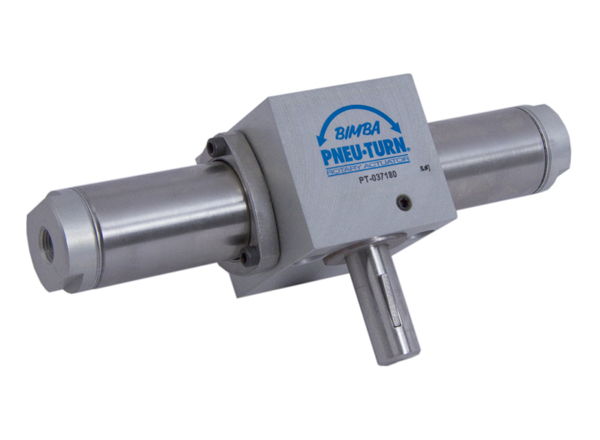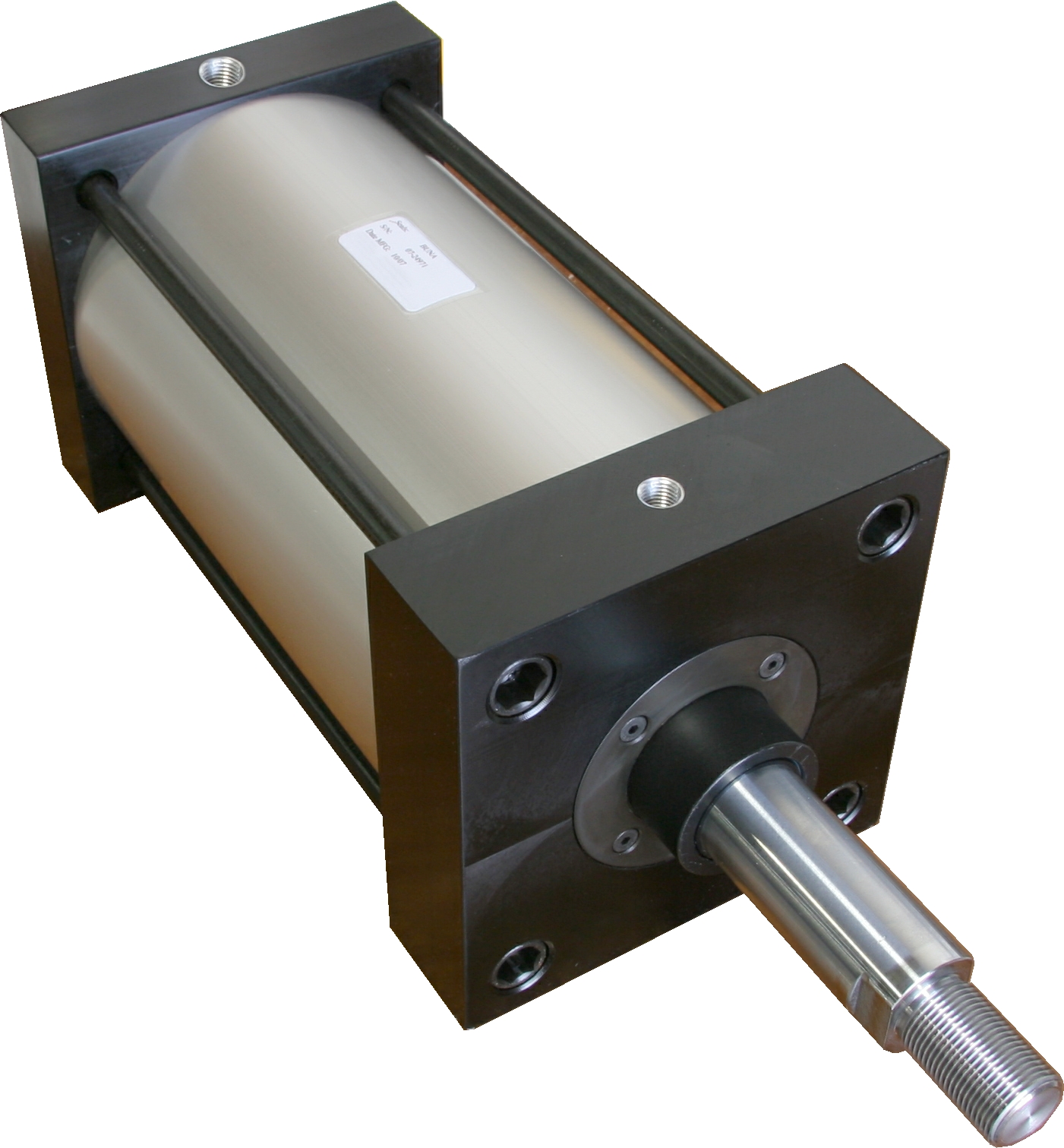How To Choose the Right Pneumatic Actuator for Your Application
Pneumatic actuators (also referred to as pneumatic cylinders) are efficient automation technologies that are used for applications requiring linear motion. They are fundamental for many applications within industrial settings but are used widespread in many other industries utilizing automation machinery, notably material handling applications that need to transfer, pick, place, clamp, or index. Not only are pneumatic actuators economical and reliable, but they are also safer than many other motion solutions.
Using pressurized gas or compressed air, they produce linear or rotary mechanical movement. Offering high force and fast speeds with a compact footprint, they are efficient at streamlining processes for numerous applications.
With a wide range of sizes, styles, and designs, it can be hard to choose the right pneumatic actuator for your application.
What Are Your Application Needs?
The type of application and corresponding needs will be a large determiner of which pneumatic actuator is right for you. There are five common types of actuators, each with their own specialties.
Pneumatic Round Body Actuators
Round body pneumatic actuators are the most flexible type of actuator. They come in both repairable and non-repairable varieties allowing for modification to cylindrical style. They are adaptable to multiple-position, rod lock, non-rotating, and many other applications. If you are looking for a pneumatic actuator that is customizable, you will want to consider this selection of actuators.

Pneumatic Rotary Actuators
This variety of actuator is best for applications requiring a high range of motion. While many other types of actuators provide linear motion, pneumatic rotary actuators provide rotary motion up to 1080° making these actuators ideal for applications such as pick and place and gripping. Bimba is a leading provider of pneumatic rotary actuators.

Pneumatic Rodless Actuators
As previously mentioned, pneumatic rodless actuators are often used for point-to-point movements where space may be limited. These actuators are highly efficient where space is concerned, achieving the same results as traditional actuators while operating in 50% of the space. They are a perfect fit when space is small but an output at the same rates as other full pneumatic actuators is needed. If you require an actuator that can handle a heavy load, these actuators are still in the running. Different styles provide different load capacities. To get an idea of available rodless actuators, view Bimba’s variety.

Tie Rod Cylinders
Tie rod cylinders are commonly used within the United States. To prevent costly leakage, they utilize four or more tie bolts that run the length of the cylinder body to secure the base and head plates together. Some tie rod cylinders are NFPA certified, providing application flexibility. This variety of cylinder is generally used in applications that require large bore sizing, longer strokes, and or quick mounting.

Combination Rotary/Linear Actuators
Using the combination of a rotary and linear actuator mounted together can create motion replacing the need for an electric actuator within an application. This powerful combination can be used for a variety of applications but is most commonly seen in dispensing and packaging. Check out Bimba’s rotary and linear actuators.


What Direction of Force Do You Need?
One important predictor of which pneumatic actuator you will need is defined by the direction of force required in your application. Does your actuator need to move in one direction? Or does it need to move back and forth? When your application requires movement in one direction alone, you will want to use a single-acting cylinder. When back and forth movement is required, your best choice will be a double-acting cylinder. This is due to the difference in composition, making them ideal for different applications.
How Much Force Is Required?
Force is one of the most important attributes to consider when choosing an actuator, so be careful when calculating the proper force required for your particular use. If the actuator you select does not meet force requirements, your system will not be efficient and cooperative.
A simple force calculation can be made by multiplying the actuator bore area by pressure applied.
F = PxA
What Does the Working Space for Your Actuator Look Like?
The primary benefit of pneumatic actuators is their ability for high force coupled with their relatively small footprint. Even still, each type of pneumatic actuator will vary a bit from their counterpart.
The space you have available to house your cylinder defines the length of the actuator you can use. Generally, you can expect rodless actuators to require less space than other varieties. This is yet another reason why rodless actuators are favored by many industries and applications.
What Type of Load Are You Working With?
Generally pneumatic systems operate at roughly 100 psi. For this reason, pneumatic actuators are used best for small loads. However, specific pneumatic actuators can be used with large loads when necessary. Understanding the type of application load you are working with will be an important filter on which pneumatic actuator you use.
Consult An Expert
While these are great guidelines to follow, consulting an expert can be beneficial to ensure all needs and benefits are weighed when selecting the ideal actuator for your application. Contact our pneumatic specialists for help in matching a pneumatic actuator to your specific application.
